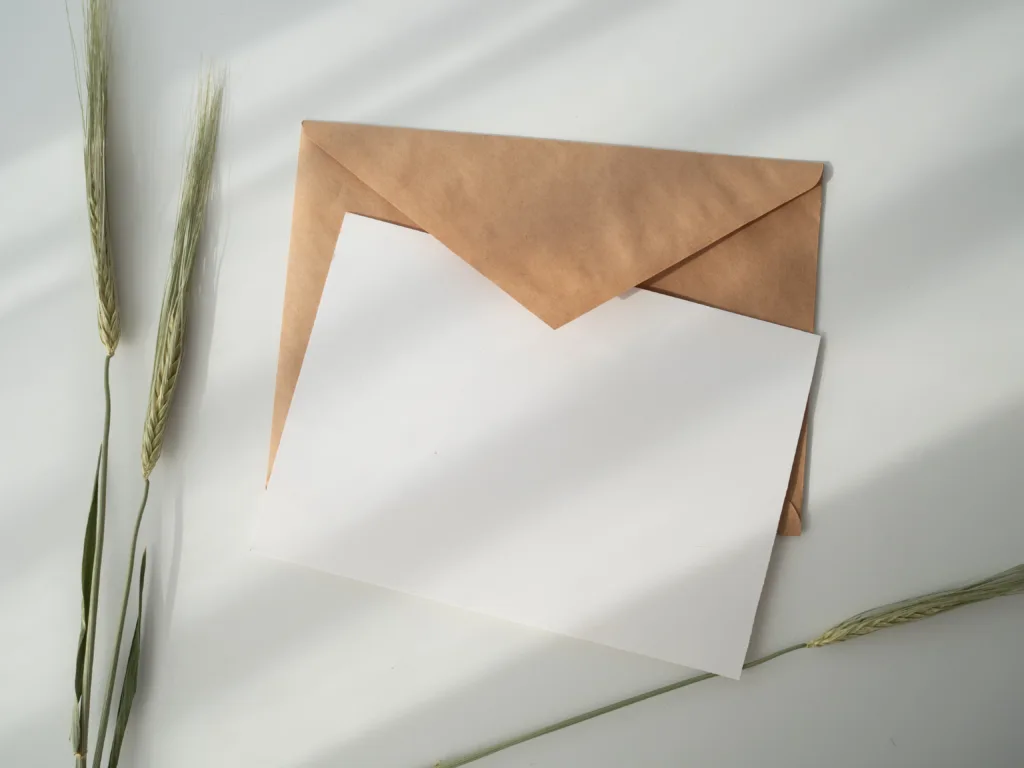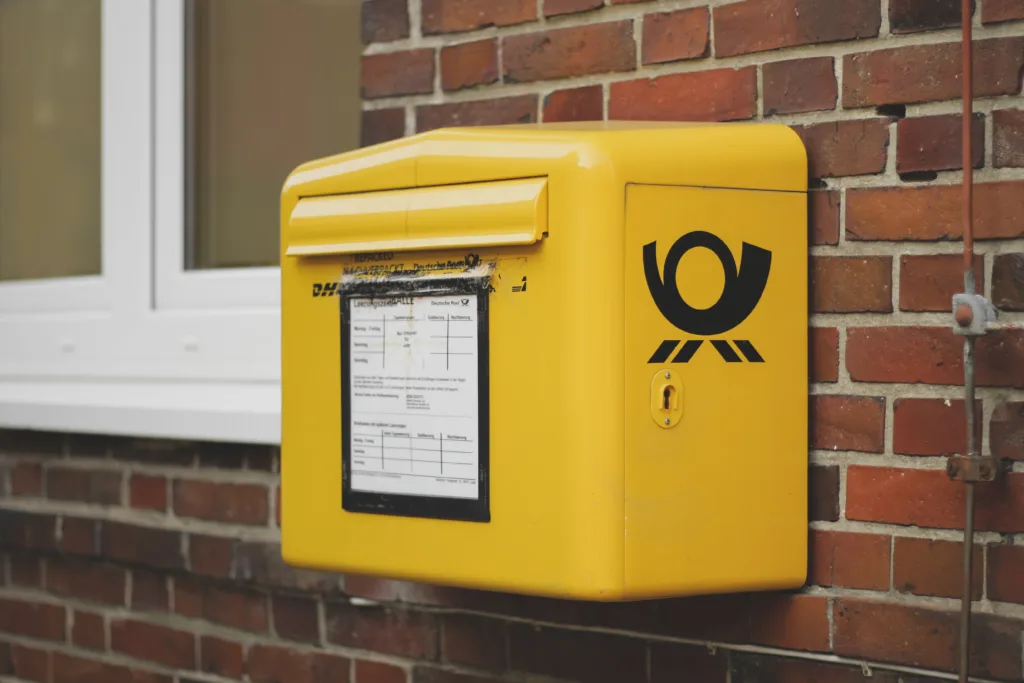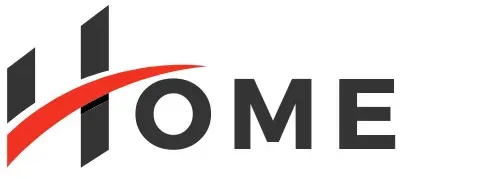A self-addressed stamped envelope, also known as a SASE, is an essential tool for anyone who wants to receive mail back from someone else. It is a simple and efficient way to ensure that the recipient has the necessary information to send a response or item back to the sender.
To create a SASE, you will need two envelopes, two stamps, and a pen. On the first envelope, also known as the outer envelope, address it to the recipient as you would any other piece of mail. In the upper riht corner, place a stamp to cover the cost of the return postage.
Next, take the second envelope, also known as the inner envelope, and address it to yourself in the center of the envelope. Just like the outer envelope, place a stamp in the upper right corner to cover the cost of the return postage.
Once you have both envelopes ready, place the second envelope inside the first envelope and seal it shut. Make sure to include any necessary information or instructions for the recipient, such as a specific request or deadline.
When the recipient receives the outer envelope, they will see the second envelope labeled with your information and a stamp already attached. This makes it easy for them to simply place the item or response inside the envelope and drop it in the mail.
Using a SASE is not only convenient, but it is also a professional way to handle correspondence. It shows that you are organized and prepared, and it makes it easier for the recipient to respond to your request or message.
A SASE is a simple yet effective tool for anyone who wants to receive mail back from someone else. By following these simple steps and including all necessary information, you can ensure that your correspondence is handled efficiently and professionally.
How Do You Write A Self-addressed Envelope?
A self-addressed stamped envelope, commonly known as SASE, is an envelope that you address to yourself and affix a stamp to. This is commonly used for a variety of purposes, such as when you are requesting information from a business or organization and want them to send you a response. Writing a self-addressed envelope is quite simple. You will need two envelopes, at least two stamps, and a pen.
Firstly, take the first envelope (Envelope 1) and write your name and complete address in the middle of the envelope, just as you would if you were mailing a letter to yourself. Ensure that the information is legible and accurate. Then, place a stamp in the upper right corner of the envelope. The amount of postage will depend on the weight of the contents that will be included in the envelope.
Next, take the second envelope (Envelope 2) and address it to the person or organization that you want to receive your letter or information. Put this envelope, along with any other necessary documents or information, into the first envelope (Envelope 1). Seal the first envelope and mail it.
Once the recipient receives your letter or information, they can use the self-addressed stamped envelope (Envelope 1) to easily send you a response. This is a convenient way to ensure that you receive the information you need without haing to pay any additional postage costs.

What Is Self-addressed Envelope?
A self-addressed envelope is a type of envelope that has the sender’s address written on it, and it is included inside another envelope when sending a letter or package to someone else. This allows the recipient to easily send something back to the sender without having to write out the sender’s address themselves. Self-addressed envelopes are commonly used when requesting information, sending in applications, or soliciting donations. They can save time and effort for both the sender and recipient, and are a convenient way to ensure that important documents or items are returned to the correct person.
How Many Stamps Do I Need For Self-addressed Envelope?
To send a self-addressed envelope, you will need to affix two stamps on it. This is because you are essentially sending two envelopes – one with your address as the recipient, and another as the sender. It’s important to note that the stamps should cover the cost of the return postage, so make sure to check the current postage rates before sending out your self-addressed envelope. Having two stamps on the envelope ensures that the recipient doesn’t have to pay for postage when sending back the requested item or information.
What Is A Self-addressed Stamped Envelope Used For?
A self-addressed stamped envelope is a type of envelope that is sent by an individual to another person or organization with their name and address written on it and a postage stamp affixed to it. The purpose of sending a self-addressed stamped envelope is to receive a response or a document from the recipient via mail. By providing a self-addressed stamped envelope, the recipient can easily send back the desired response or document withot any additional cost for the postage. This method is often used for requesting information, documents, or other items, and it is a convenient way to ensure that the recipient can easily respond and that the sender will receive the requested item.

Conclusion
A self-addressed stamped envelope (SASE) is a useful tool for anyone who wants to receive somethng back from someone by mail. It is simply an envelope that you have written your own address on and affixed a postage stamp to. By sending a SASE to someone, you are making it easy for the person to send you something back without having to worry about the cost of postage or finding your address. Sending a SASE is a simple and efficient way to ensure that you receive what you are expecting in the mail, and it is a practice that is widely used in many industries, from publishing to medicine. So, if you are looking to receive something back by mail, consider sending a SASE and make the process easier for everyone involved.
